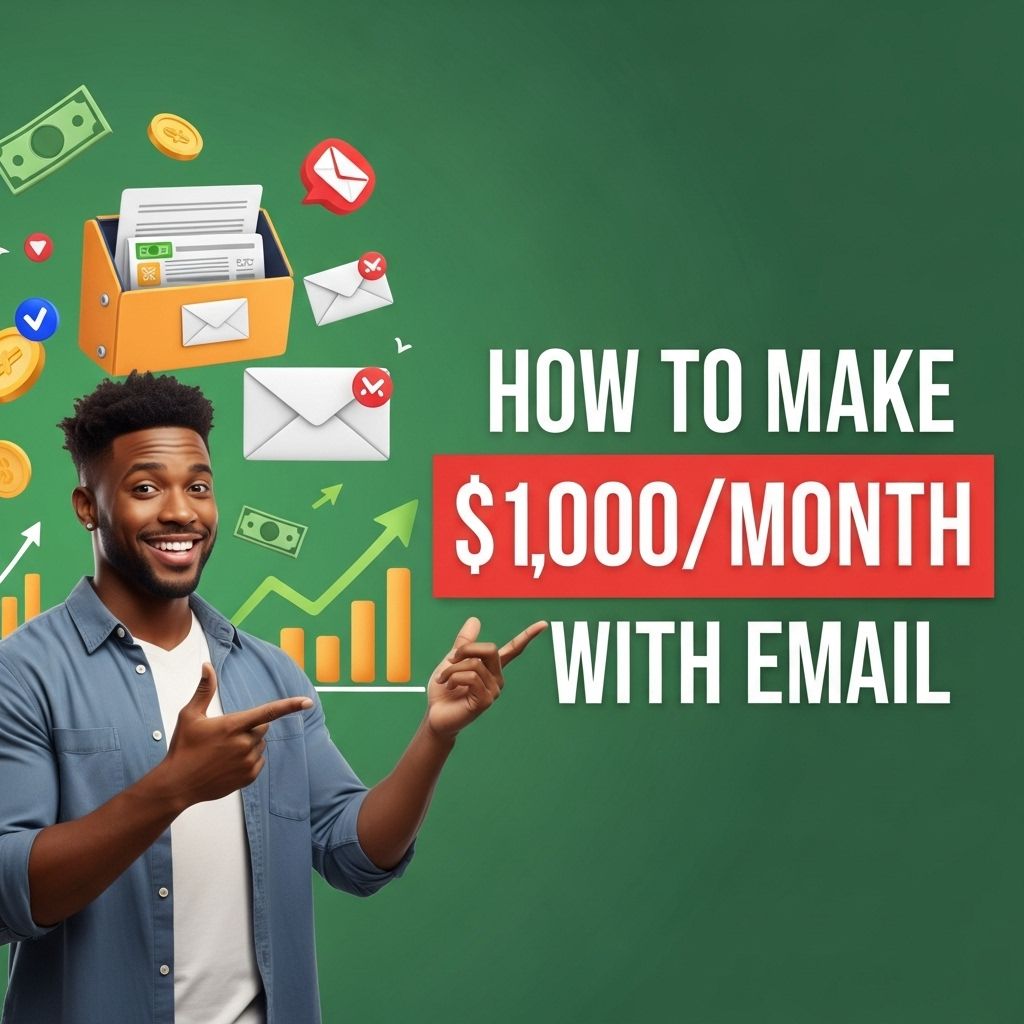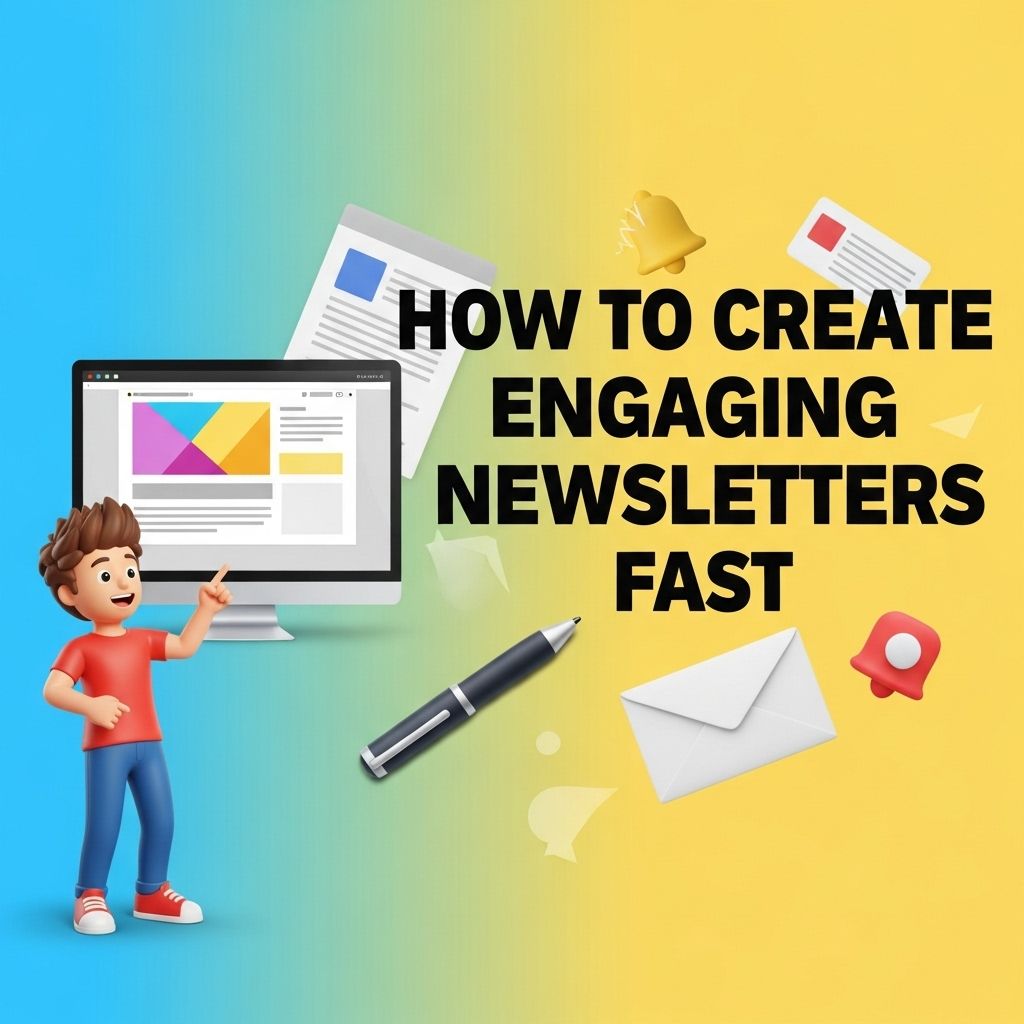Email marketing remains one of the most effective strategies for reaching and engaging customers. With the right approach, businesses can unlock the full potential of email campaigns to drive conversions and build lasting relationships. In this article, we will explore ten powerful strategies that can help elevate your email marketing efforts to new heights.
Understanding Your Audience
The foundation of any successful email campaign is a deep understanding of your target audience. By segmenting your audience based on demographics, interests, and behaviors, you can tailor your messaging to resonate with specific groups. Here are some key steps to understanding your audience:
- Create Buyer Personas: Develop detailed profiles of your ideal customers, including their age, gender, interests, and purchasing behavior.
- Conduct Surveys: Use surveys to gather feedback on preferences and pain points directly from your subscribers.
- Analyze Past Campaigns: Review the performance of past emails to identify which segments engaged the most.
Compelling Subject Lines
The subject line is the first interaction a recipient has with your email and can significantly influence open rates. Crafting compelling subject lines is critical. Consider the following tips:
Best Practices for Subject Lines
- Be Clear and Concise: Aim for 6-10 words that convey the essence of the email.
- Create Urgency: Use time-sensitive language to encourage immediate action.
- Personalization: Incorporate the recipient’s name or interests for a more tailored approach.
Personalization Beyond the Name
While including the recipient’s name in the email is a known tactic, personalization should extend beyond that. Here’s how you can achieve deeper personalization:
Advanced Personalization Techniques
- Dynamic Content: Use dynamic fields to tailor content based on user behavior or preferences.
- Behavioral Targeting: Trigger emails based on specific actions, such as cart abandonment or past purchases.
- Location-Based Offers: Send region-specific promotions that cater to local audiences.
Segment Your Email List
Segmentation allows you to divide your email list into specific groups for targeted messaging. Here are some effective segmentation methods:
Types of Segmentation
| Segmentation Type | Description |
|---|---|
| Demographic | Segment based on age, gender, income, etc. |
| Behavioral | Segment based on purchase history or email engagement. |
| Geographic | Segment by location to tailor regional marketing. |
| Psychographic | Segment based on personality traits and interests. |
A/B Testing for Optimization
A/B testing, or split testing, is a powerful method to optimize your email campaigns. By testing different elements of your emails, you can identify what resonates best with your audience. Here’s how to implement A/B testing:
Key Elements to Test
- Subject Lines: Test different wording, lengths, and tones.
- Email Design: Experiment with layouts, colors, and images.
- Call-to-Action (CTA): Test different CTA phrases and placements.
Creating Engaging Content
Once your email is opened, the content needs to capture the reader’s attention. Effective email content is concise, relevant, and valuable. Here are some strategies:
Content Strategies
- Provide Value: Offer useful information, tips, or exclusive deals that your audience will appreciate.
- Use Visuals: Incorporate images, infographics, and videos to enhance engagement.
- Mix Content Formats: Combine promotional content with informative articles or customer stories.
Mobile Optimization
With a significant portion of emails being opened on mobile devices, optimizing for mobile is essential. A few tips to ensure your emails look great on any device include:
Mobile Optimization Tips
- Responsive Design: Use responsive templates that adjust to different screen sizes.
- Simple Layouts: Keep your designs clean and easy to navigate on small screens.
- Readable Fonts: Choose fonts that are easy to read on smaller displays.
Timing Your Emails
The timing of your emails can greatly influence their performance. Factors to consider include:
Email Timing Strategies
- Test Different Days and Times: Experiment to find when your audience is most receptive.
- Consider Time Zones: Schedule emails based on the time zones of your segments.
- Frequency: Maintain a consistent sending schedule without overwhelming your audience.
Analyzing Campaign Performance
Finally, analyzing the performance of your email campaigns is crucial for continuous improvement. Here are key metrics to track:
Important Metrics
| Metric | Description |
|---|---|
| Open Rate | Percentage of subscribers who opened your email. |
| Click-Through Rate | Percentage of recipients who clicked on a link within the email. |
| Conversion Rate | Percentage of recipients who completed the desired action. |
| Unsubscribe Rate | Percentage of recipients who opted out of your mailing list. |
By regularly analyzing these metrics, you can identify trends and make data-driven decisions to refine your strategies.
Conclusion
Implementing these ten powerful email campaign strategies can significantly enhance the effectiveness of your email marketing efforts. By understanding your audience, personalizing content, optimizing for mobile, and analyzing performance, you can create campaigns that not only engage but also convert. Remember, the world of email marketing is ever-evolving, so stay informed about new trends and techniques to ensure your campaigns remain relevant and impactful.
FAQ
What are the key components of a successful email campaign?
A successful email campaign includes a clear objective, a targeted audience, engaging content, a compelling subject line, and a strong call to action.
How can I improve my email open rates?
To improve email open rates, focus on crafting enticing subject lines, segmenting your audience, and optimizing send times based on user behavior.
What types of content should I include in my email campaigns?
Include a mix of valuable content such as newsletters, promotions, product updates, personalized recommendations, and engaging visuals to keep your audience interested.
How often should I send email campaigns?
The frequency of email campaigns depends on your audience and content. Generally, sending one to four emails per month is effective, but always monitor engagement metrics to find the right balance.
What role does personalization play in email marketing?
Personalization boosts engagement by tailoring content to individual preferences and behaviors, making recipients feel valued and increasing the likelihood of conversions.
How can I measure the success of my email campaigns?
Success can be measured through key metrics such as open rates, click-through rates, conversion rates, bounce rates, and overall ROI. Use these metrics to refine your strategies.




